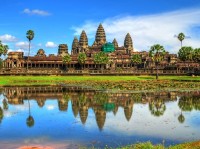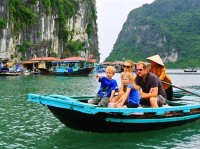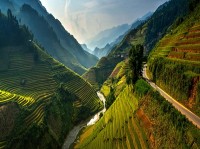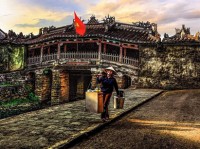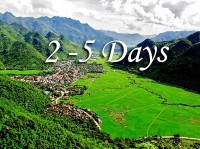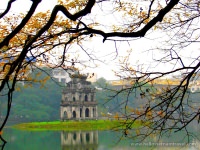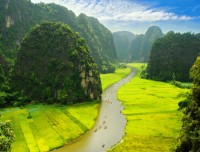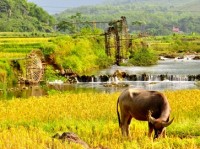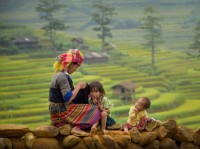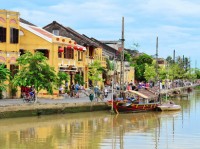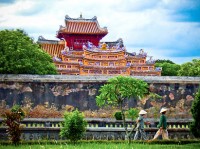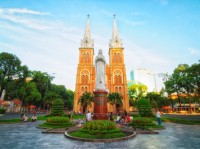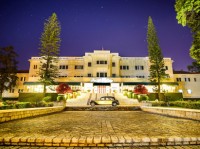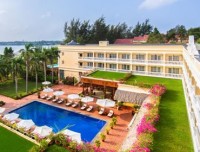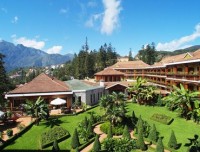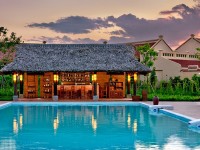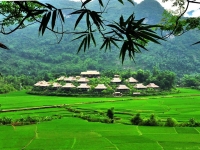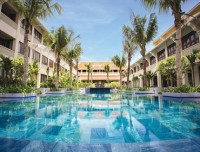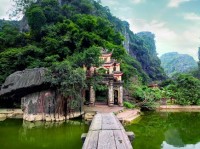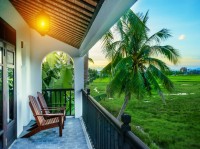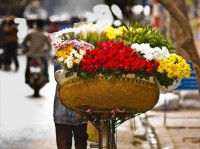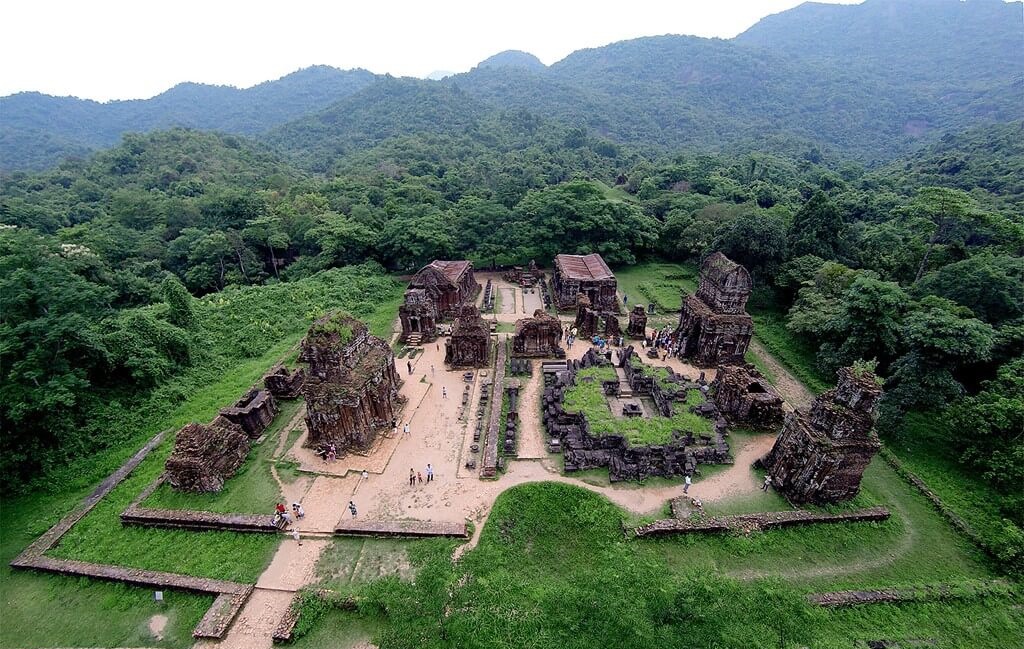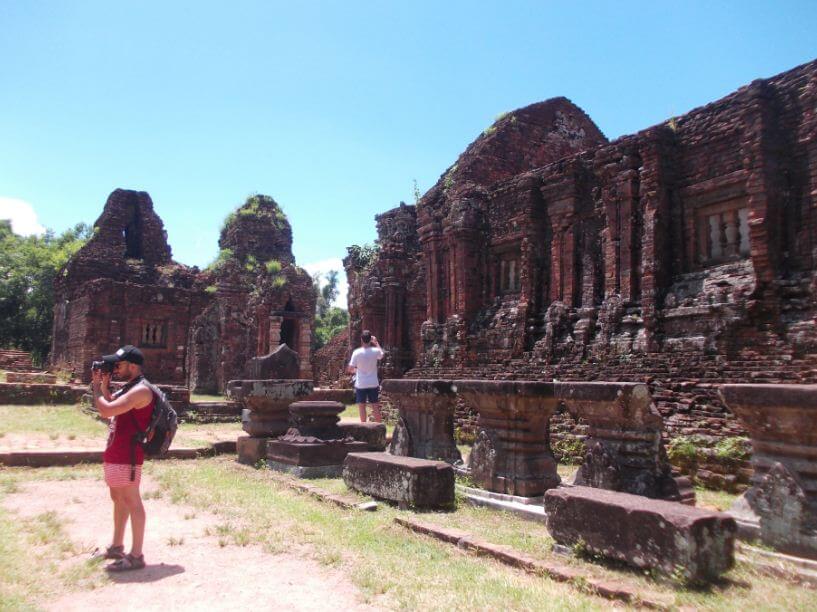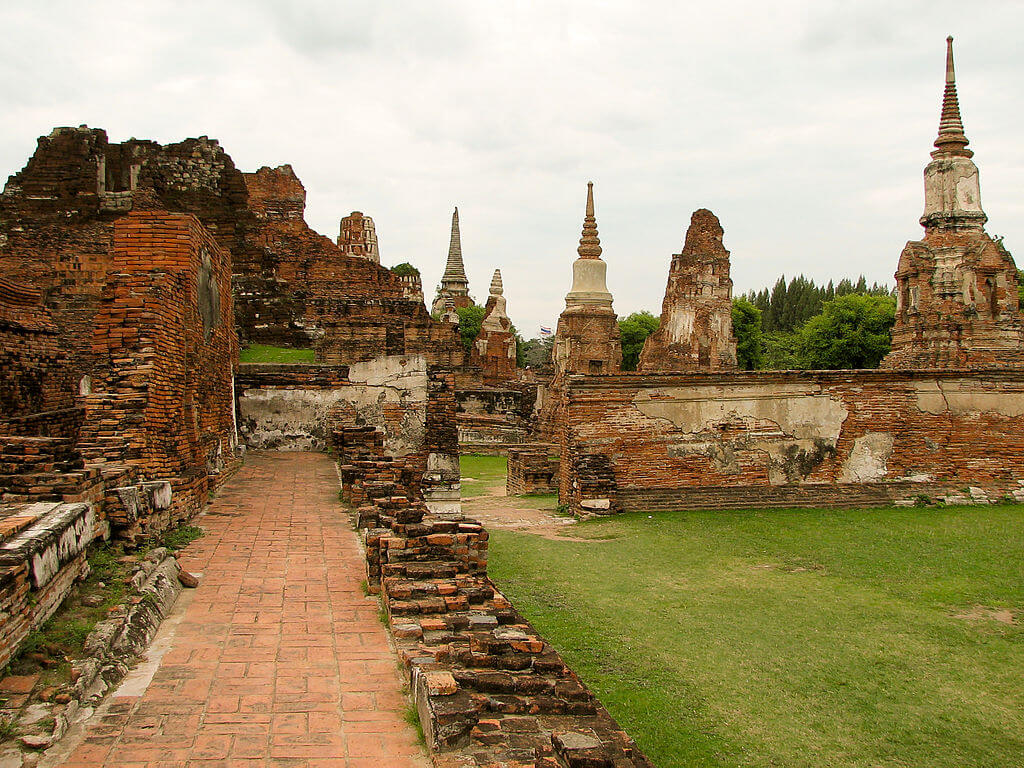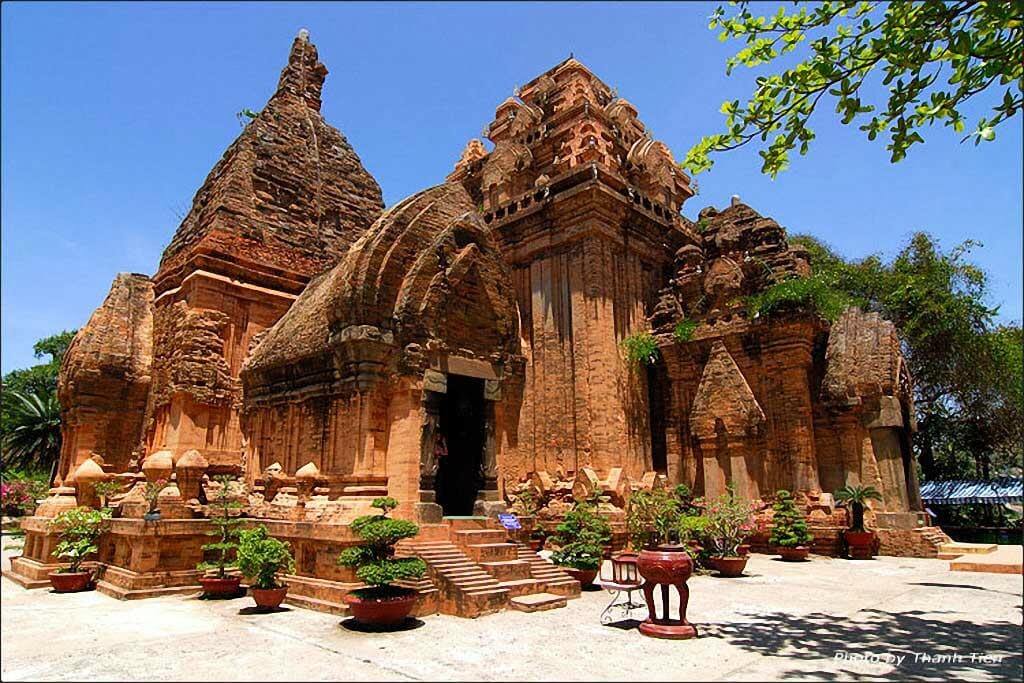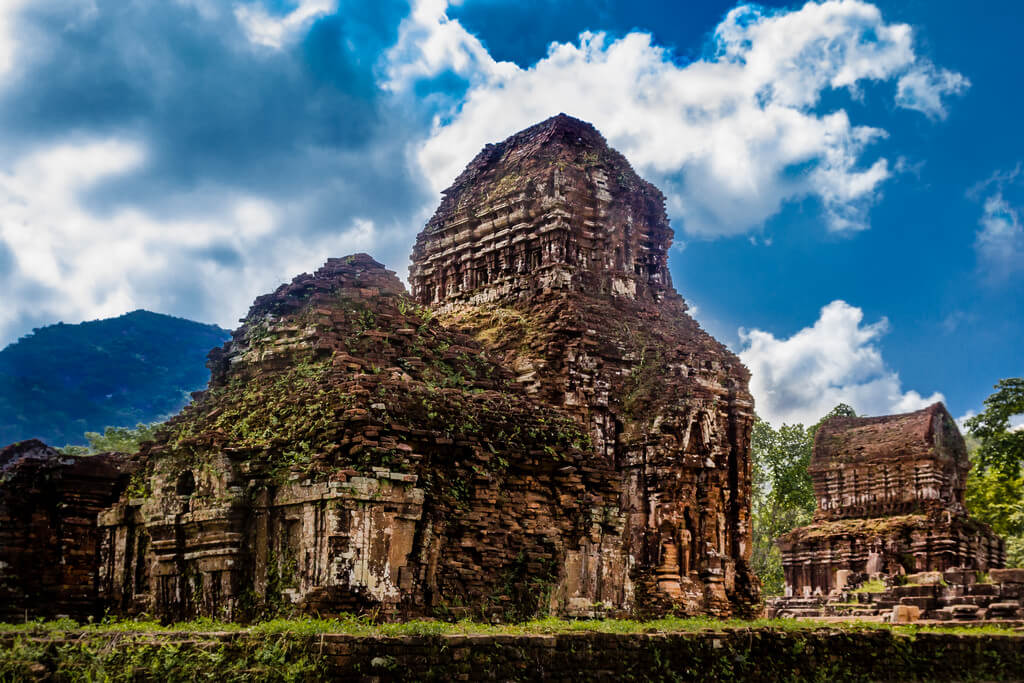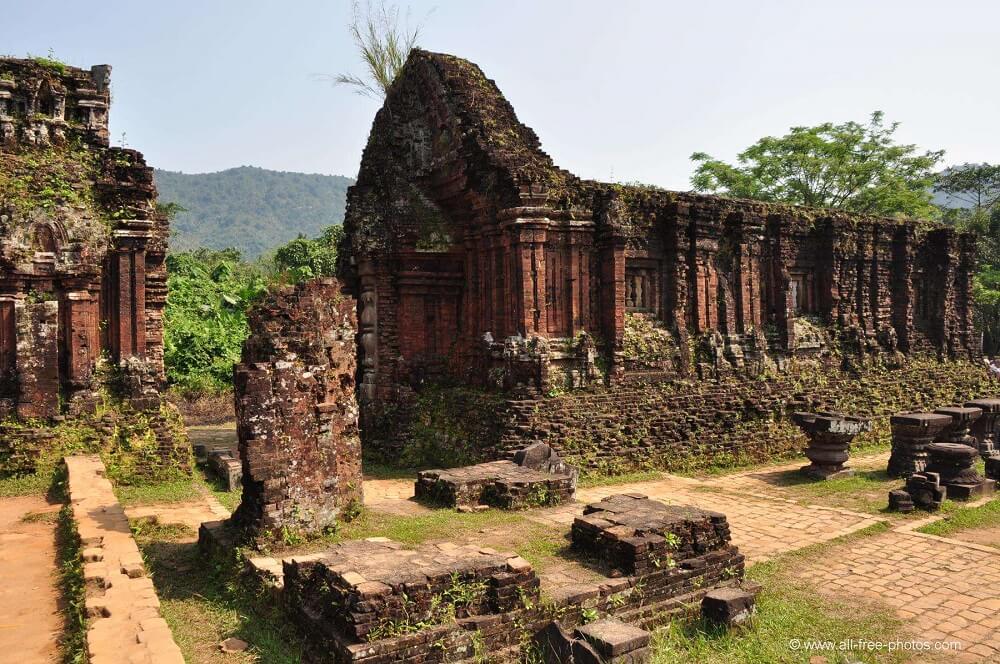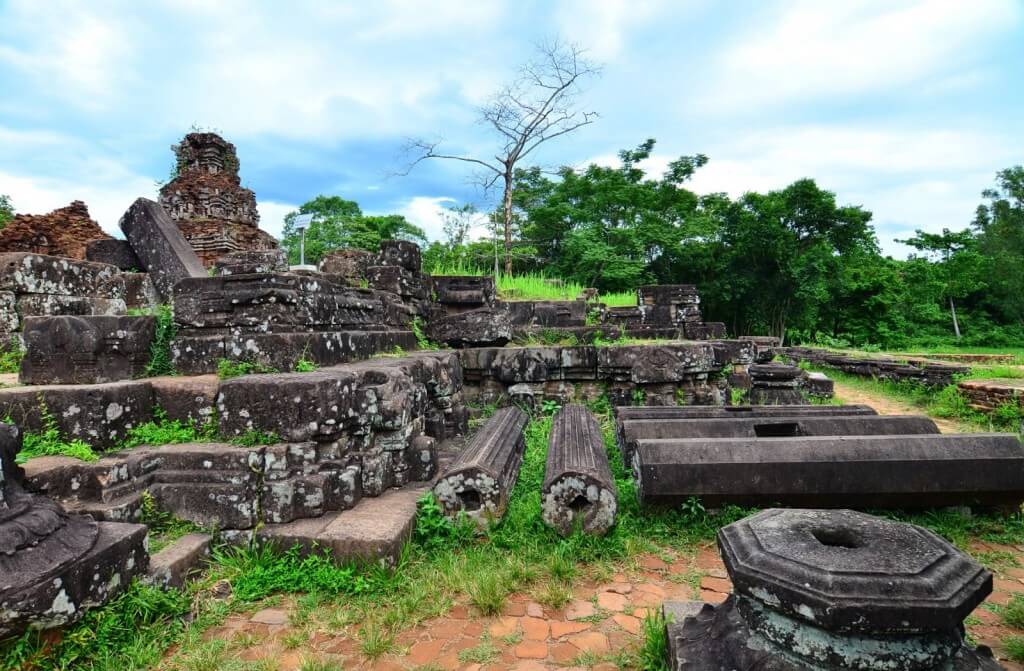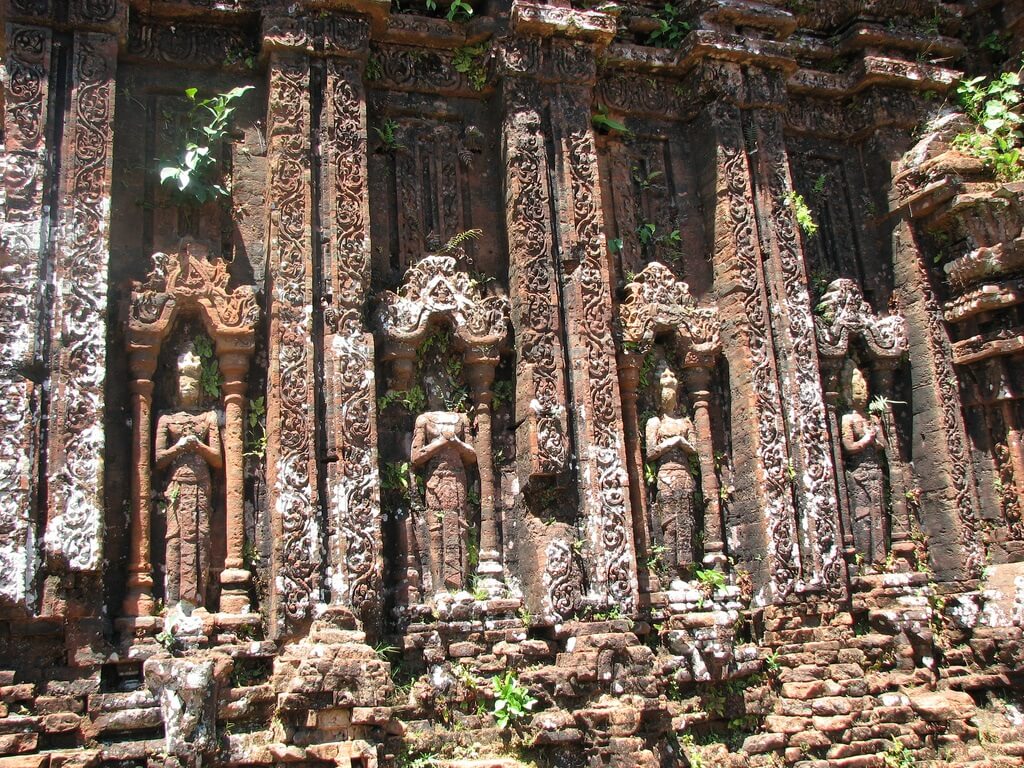My Son Sanctuary belongs to Duy Xuyen commune, Quang Nam Province. It is about 69km from Da Nang City to access this place. The sanctuary is placed on a small valley with the surrounding of mountains. In the past time, it plays a role as centre of politics and culture of the Champa people. The national rituals and other solemnities of Hinduism were implemented in the areas of tower temples. Not only used for regional purposes, My Son Sanctuary is also the final resting place of Champa’s kings and their royal members.
My Son Sanctuary was found in 1989 by M.C.Paris, a French scholar. Until the early 19th century, the initial research about this sacred land was officially announced with the information about the art of carved gravestone and architecture in the series of My Son tower temples.
Historians were estimated that the complex of Champa tower temples dated from 4th century to 13th century. Going through the changes of history, this holy structure witnessed the continuous development of Champa architectural arts. Almost those temples bears the influence of many Asian cultures, but the big influence still comes from India.
In 1999, My Son Sanctuary is officially designated as the UNESCO’s World Heritage, which is a typical interchange of Asian culture and the unique evidence of Champa culture- an Asian culture disappearing for many centuries.
In the beginning time of My Son Sanctuary, it is said that there was only a wooden temple for the worship of Diva Bhadresvera, a god of Champa people. However, it was burned in the late 6th century.
My Son Sanctuary includes 70 different tower temples built by brick and sandstones. Each group has a main temple worship Linga – a symbol of Shiva, one of senior triple gods in Indian Hinduism. In the ancient records of My Son, this holy place is the combination of Champa architecture with many groups of tower temples.
The main tower is for the deities of Champa people, and the smaller tower is for worship of Champa’s king. Before Vietnam War in the late 20 century, ancient documents recorded that there was a Champa ancient tower with 24m in height. With the level of technology in Champa people’s time, it may be considered as a huge structure at that time. There were also 2 main doors in this big tower towards the Eastern and the Western side. The beauty of the towers is similar to a sublime lotus with a system of 6 smaller towers around. However, it was destroyed by American Air force in 1969.
Until now, My Son Sanctuary also challenges the scientists about the way Cham people built the system of tower temples. In the period of Champa people, there is no cement or any similar adhesives. So, how those blocks of bricks and sandstone can connect them in arrange with high accuracy?
Although many wars destroyed a part of My Son Sanctuary, its ruins proved the excellent skills of Champa workers at that time, and also marked the golden age of Cham architecture in culture of Southeast Asia.
At the beginning of excavation, many important relics of Cham people were found with the old statues of Champa dancers, Deities of Indian Hinduism, sacred animals, as well as the daily life of Champa people in the previous time.


